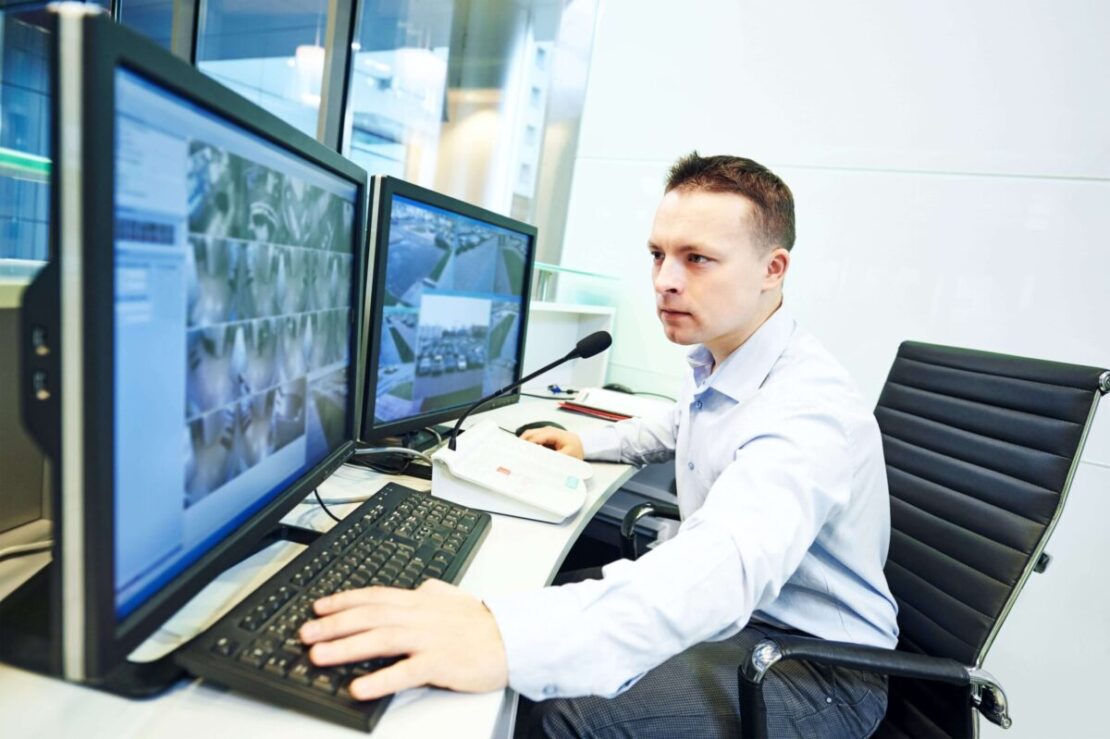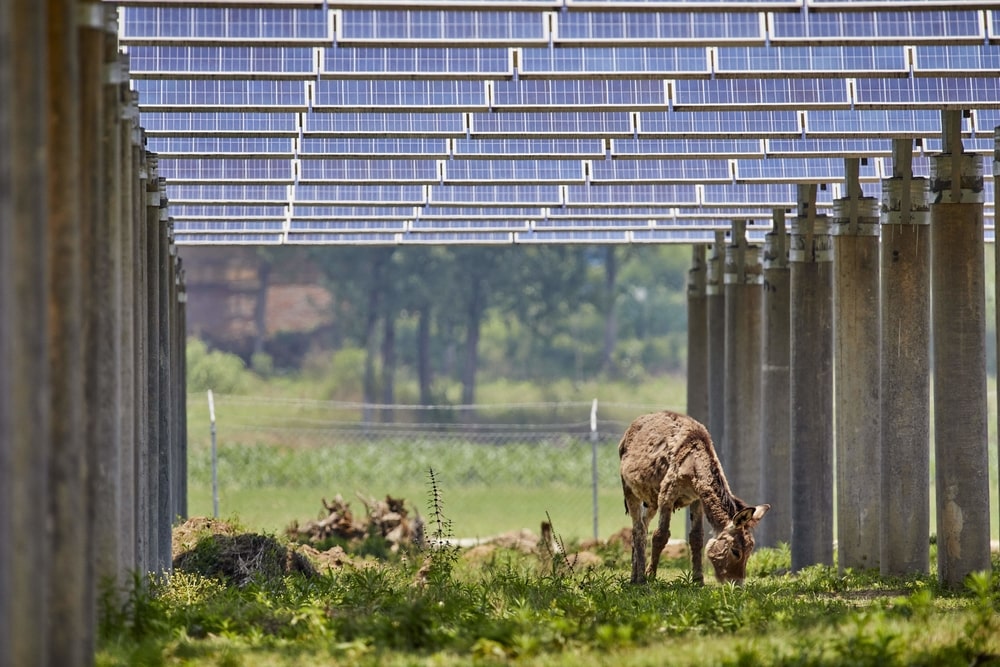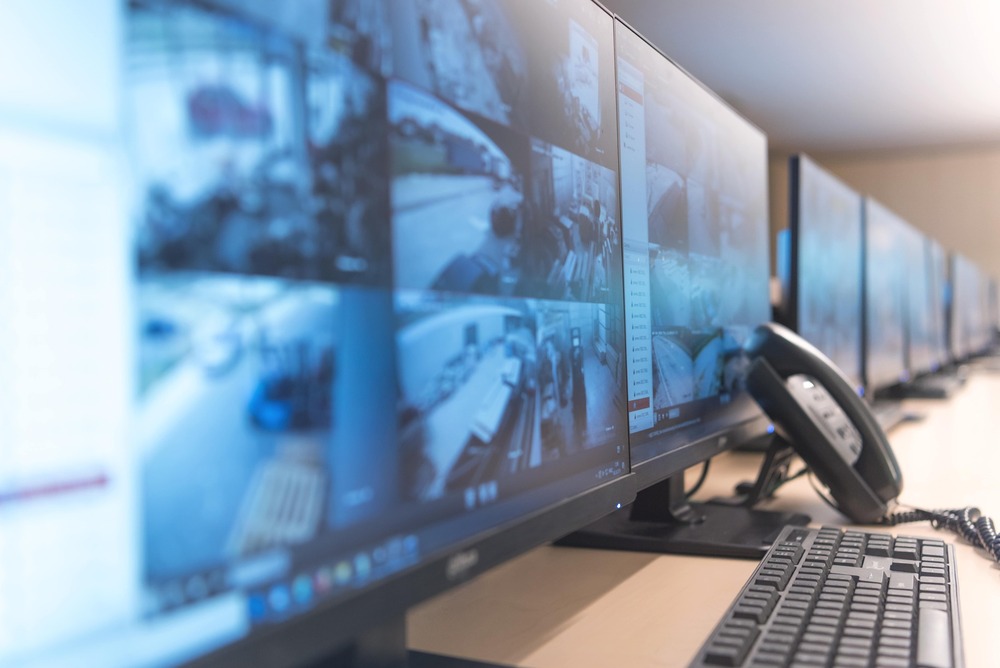
In this short article, we tackle some of the most commonly used and need-to-know phrases related to CCTV monitoring.
For context, this article is for those new to CCTV monitoring as a form of security and are looking to improve their knowledge.
Let’s begin.
Table of contents

Alarm Receiving Centre (ARC)
Otherwise known as a monitoring centre, an ARC is where alarm signals are received and monitored. When a CCTV monitoring system is triggered, an alarm is raised, your team is alerted, the footage is viewed and the threat is dealt with.

Audio Intervention
CCTV monitoring systems can be designed to incorporate audio speakers. When a potential intrusion is detected, your monitoring professional can warn the intruder they are being watched and the keyholders / authorities have been called.
Alarms
When a sensor or beam is triggered and a potential threat is detected, an ‘alarm’ signal is received at the CCTV monitoring station / ARC. Your footage is then reviewed and if the threat is considered real, the appropriate action is taken.
Beams
Infra-Red beams are for the purposes of detection. If an intruder cross the beam’s path, the system will trigger and alert. Your monitoring centre will then view you footage in real-time and take the appropriate action.

Detection
For a remote CCTV system to operate, it must include detection equipment. Detection can include:
- Sensors
- Beams
- Thermal imaging CCTV and video analytics
- Passive Infra-Red detector
- Dual technology detector

False Alarms
Due to the rural location of these sites, wildlife can occasionally trigger the system and cause a ‘false alarm’. With the ongoing advancements in technology, particularly AI based video analytics, false alarms are fast becoming less of an issue.
Additionally, infra-red illuminators are best in low-light situations (after dusk) to improve image quality, therefore improving detection and reducing false alarms.
Keyholder
This is a designated individual responsible for attending site if an alarm is raised and your security professional at the ARC spots an intruder.
Typically, companies use third party professional keyholders who attend site on behalf of the company to tackle and deal with any notified threats.

Monitored CCTV
This is another term for CCTV monitoring. Other terms include:
- 24/7 remote monitoring
- Remote monitoring
- Remote CCTV monitoring
- Security Camera monitoring
- Sensor activated CCTV monitoring
- Security system monitoring
Operational Continuity
A key security objective for businesses with substantial assets to protect is operational continuity.
For example, if theives target a warehouse and they have stolen goods, you won’t be able to deliver packages, you will need to deal with complaints, re-order items and the company will lose time dealing with the fallout.
Furthermore, if criminals target a construction site and they steal plant machinery, works may grind to a halt. Project delays cost money and reduce profit.
As a final example, criminals often target solar farms. Copper wiring and solar panels command a decent price on the black market. Solar farms provide the National Grid with additional energy capacity, this is how they make their money. If theives steal panels, the site will lose revenue.

Remote CCTV Monitoring Station
This is another term for the above-mentioned ARC. When your system is triggered, your monitoring station are alerted and deal with the threat accordingly.
Find Out More About Our CCTV Monitoring Services.
If you are looking to reduce the costs of security and protect assets click the button below to find out more.


